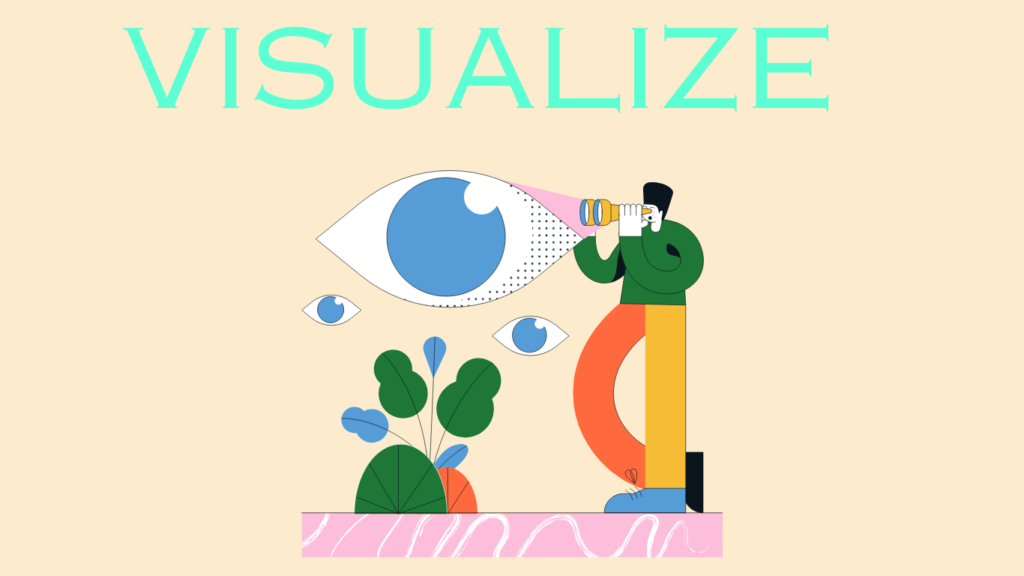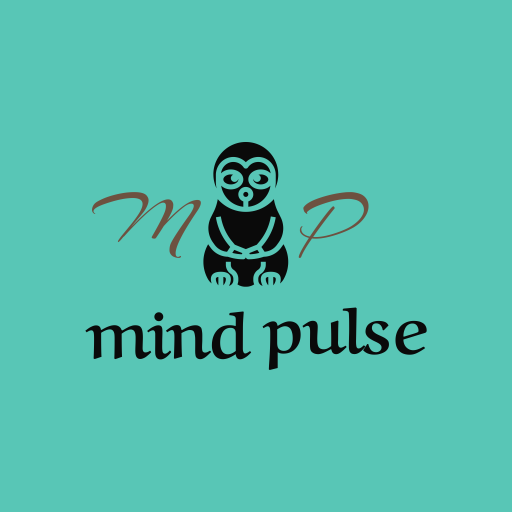The Power of Visualization in Meditation for Healing

In a world filled with stress, uncertainty, and daily challenges, the practice of meditation has emerged as a powerful tool for inner peace and healing. Among the various meditation techniques, visualization holds a unique place due to its ability to harness the mind’s creative power to foster emotional, physical, and spiritual well-being.
Table of Contents
Understanding The Power of Visualization in Meditation for Healing
Visualization in meditation involves forming vivid mental images to guide the mind toward healing and relaxation. This technique utilizes the brain’s capacity to create and manifest positive energy, allowing individuals to connect with their inner selves and promote balance by using as much detail as possible in their mental images.
Studies have shown that the brain processes imagined experiences in a similar way to real ones. By vividly picturing a desired outcome, such as physical healing or emotional relief, individuals can influence their bodies and minds, triggering physiological changes that support recovery.
What is Visualization Meditation?
Visualization meditation is a powerful technique that combines the practices of visualization and meditation to promote healing, relaxation, and well-being. By using visualization techniques, individuals create mental images or scenarios that evoke positive emotions and relaxation responses in the body.
This practice involves focusing the mind and engaging all the senses to create a vivid and immersive experience. Through visualization meditation, individuals can process difficult emotions, cultivate positive emotions, and enhance their overall well-being.
Whether you are visualizing a peaceful place, a healing light, or a desired outcome, this practice can help you connect with your inner self and promote a sense of balance and harmony.
The Science Behind Visualization
The science behind visualization is deeply rooted in the mind-body connection. When we visualize a scenario or outcome, our brain activates the same regions that would be engaged if we were actually experiencing that scenario.
This phenomenon can lead to real, measurable changes in our physical and emotional states. For instance, studies have shown that visualization can lower blood pressure, reduce stress hormones, and boost the immune system.
By harnessing the power of visualization, individuals can tap into their mind’s ability to influence their body’s responses and promote healing. This mind-body connection underscores the profound impact that our thoughts and mental images can have on our overall health and well-being.
How Visualization Affects Healing Power
- Reduces Stress and Anxiety – Guided imagery in meditation can transport individuals to peaceful places, such as a serene beach or a lush forest. This mental escape helps in reducing cortisol levels, easing stress, and promoting relaxation.
- Enhances the Mind-Body Connection – The mind and body are intricately connected. When a person visualizes their body healing, it can activate the parasympathetic nervous system, promoting recovery and boosting immune function through the healing power of mental imagery. This engagement of the mind can significantly support the body’s recovery process from injuries or illnesses.
- Pain Management – Many individuals use visualization to cope with chronic pain. By imagining the pain dissolving or transforming into a sensation of relief, they can shift their focus away from discomfort and enhance their overall well-being.
- Boosts Immune System Function – Research suggests that visualization techniques can increase white blood cell activity, which strengthens the immune system and aids in fighting infections and illnesses.
Visualization Techniques for Effective Meditation
- Create a Healing Sanctuary – Close your eyes and picture a place where you feel completely safe and relaxed. It could be a garden, a beach, or even a fictional haven filled with light and positive energy. Creating this mental sanctuary is one of the effective relaxation techniques that can help manage stress and anxiety.
- Use Symbolic Imagery – Imagine a bright light enveloping your body, cleansing you of negativity and pain. Alternatively, visualize your cells regenerating, as if a gentle wave of healing energy is washing over them.
- Incorporate Guided Meditation – Listening to a guided meditation with visualization prompts can be a great way to deepen your practice and allow your subconscious mind to embrace the imagery more effectively.
- Engage All Senses – The more detailed and sensory-rich your visualization, the more effective it will be. Feel the warmth of the sun, hear the sound of waves, and smell the freshness of the air to make the experience as real as possible.
Preparing for Visualization Meditation
Preparing for visualization meditation involves creating a conducive environment and mindset. Here are some steps to help you get started:
- Find a Quiet and Comfortable Space: Identify a quiet, comfortable, and distraction-free space where you can sit or lie down without interruptions.
- Set Aside a Few Moments: Allocate a few moments each day to practice visualization meditation, ideally at the same time each day.
- Take a Few Deep Breaths: Begin by taking a few deep breaths to calm your mind and relax your body.
- Close Your Eyes: Close your eyes and take a moment to focus your attention inward.
- Focus on Your Intention: Clearly define your intention for the visualization meditation, whether it’s to promote healing, relaxation, or positive outcomes.
- Engage All Your Senses: Use all your senses to create a vivid mental image or scenario, including sights, sounds, smells, tastes, and textures.
- Visualize Success: Imagine yourself achieving your desired outcome or experiencing the positive emotions and sensations you desire.
By following these steps, you can prepare yourself for a powerful visualization meditation practice that can help you promote healing, relaxation, and well-being. This preparation will enhance the effectiveness of your meditation, allowing you to fully immerse yourself in the experience and achieve your desired outcomes.
Bringing Visualization Techniques into Daily Practice
To harness the full power of visualization in meditation, consistency is key. Set aside a few minutes each day to practice, whether in the morning to set a positive tone for the day or before bed to promote deep relaxation and healing.
Journaling about your experiences can also help track progress and deepen the connection between your mind and body. Incorporating visualization into your daily routine can also serve as one of the effective coping strategies to manage emotions and build resilience against stress and anxiety.
Final Thoughts on Guided Imagery
The power of visualization in meditation is profound. The healing power of visualization can influence physiological processes and promote both physical and emotional well-being. By engaging the mind in positive imagery, we can cultivate a sense of peace, strengthen our resilience, and aid in our own healing processes. By engaging in visualization, individuals can support their recovery process from various ailments and enhance their overall health. Whether you seek emotional relief, physical recovery, or spiritual growth, visualization offers an accessible and deeply transformative tool for self-healing. Begin your journey today, and embrace the limitless potential of your mind to create a healthier, more harmonious life.

